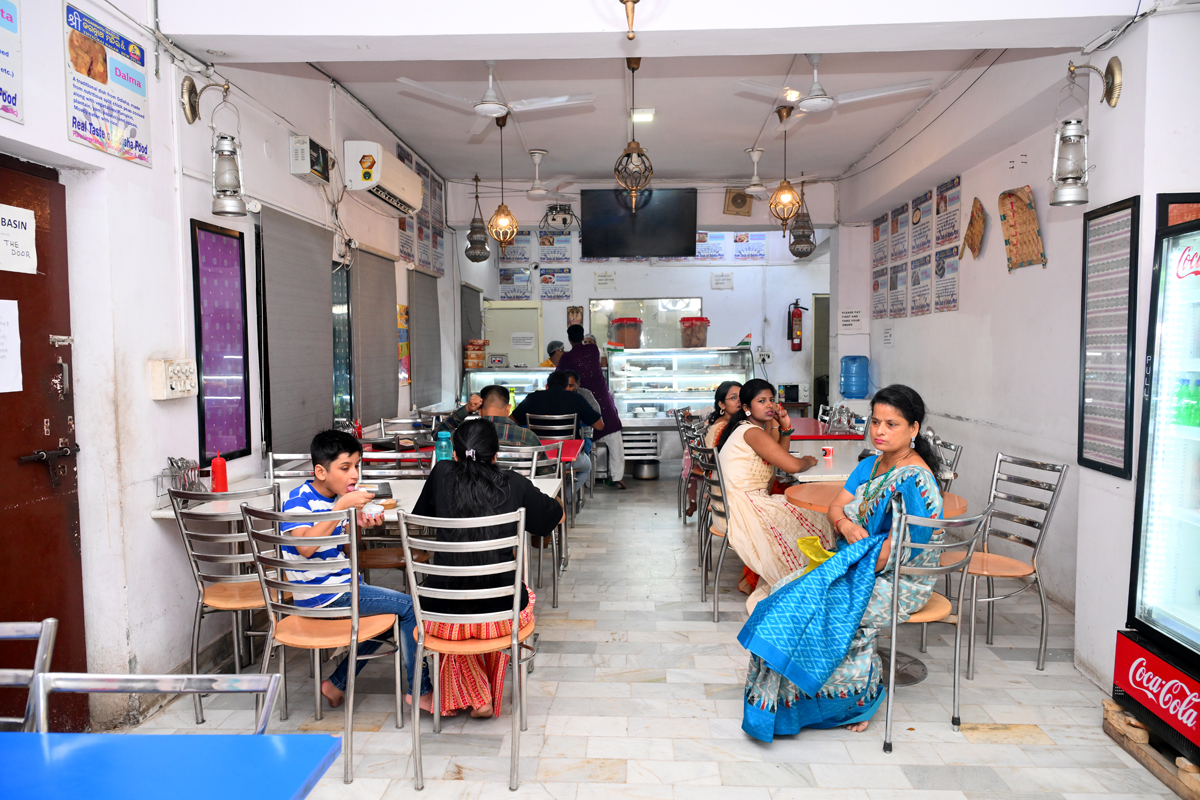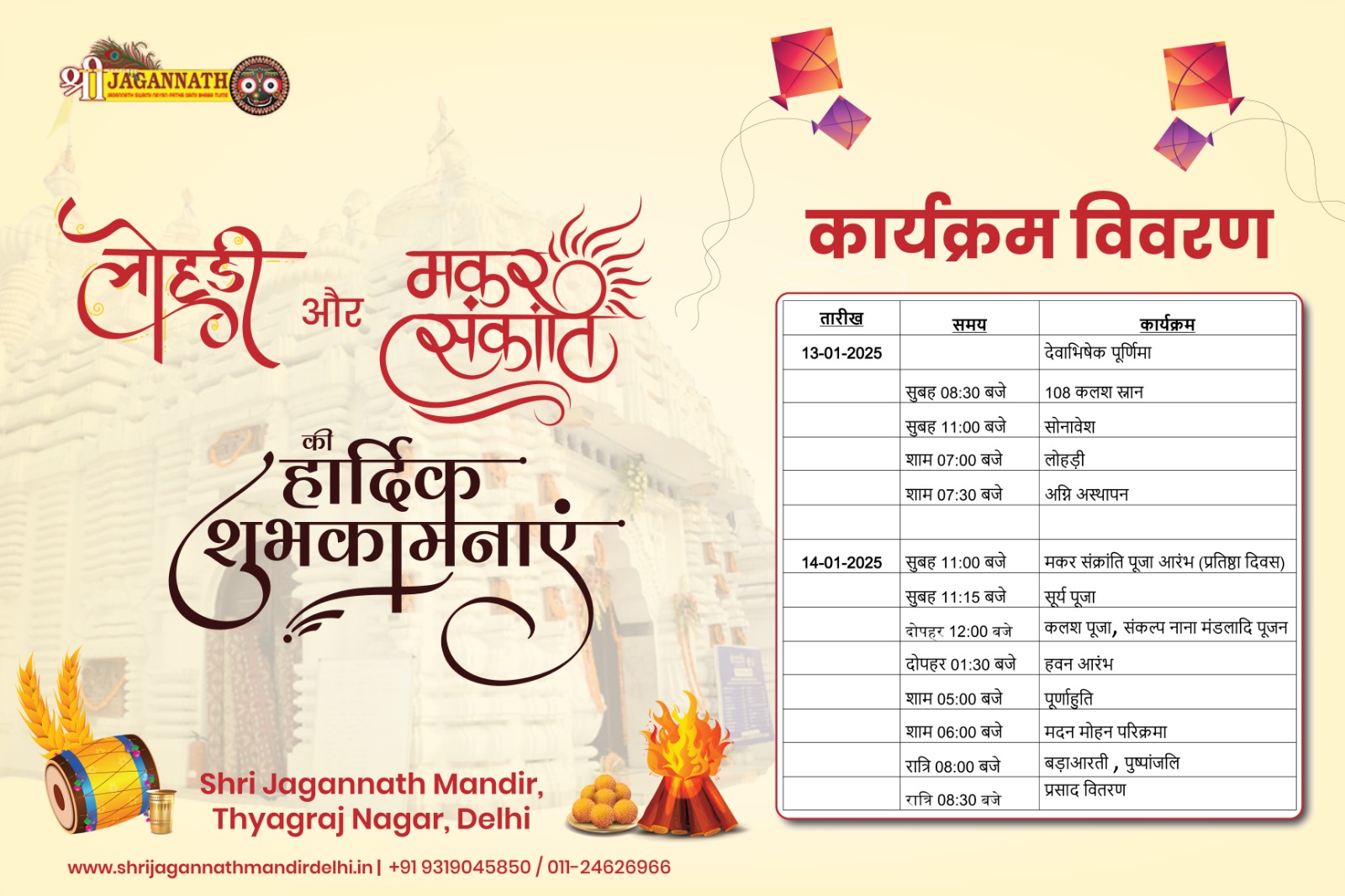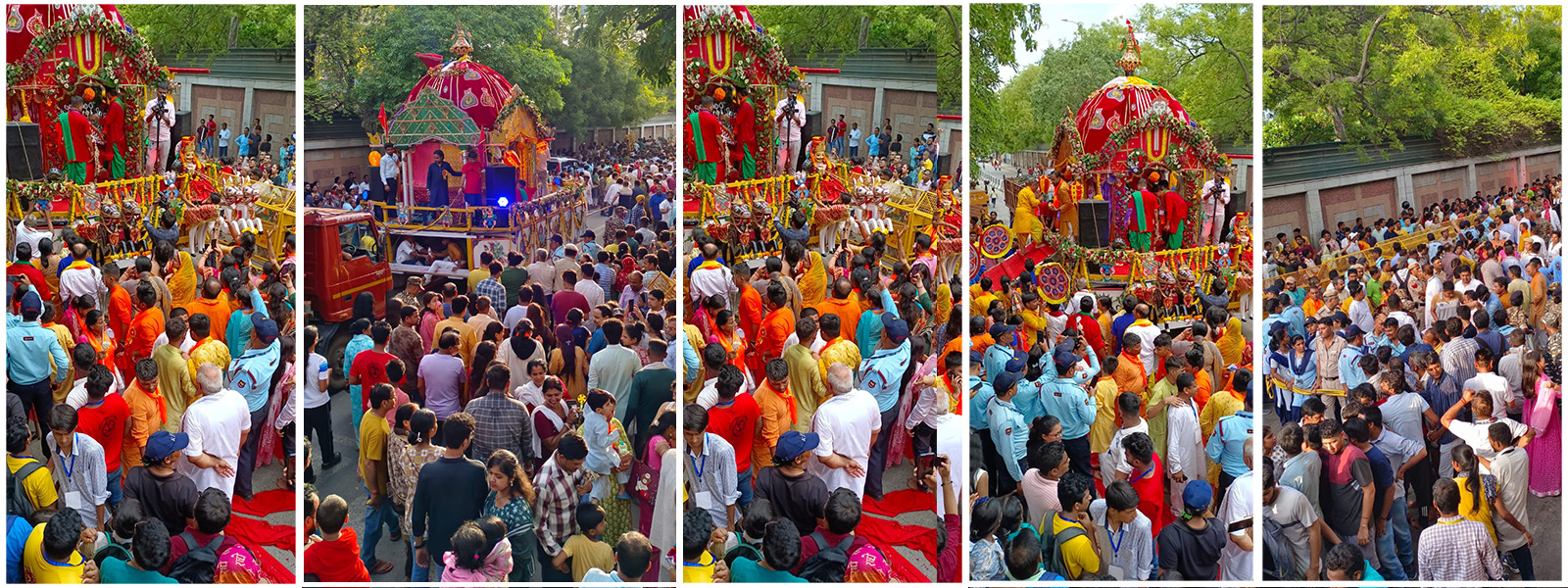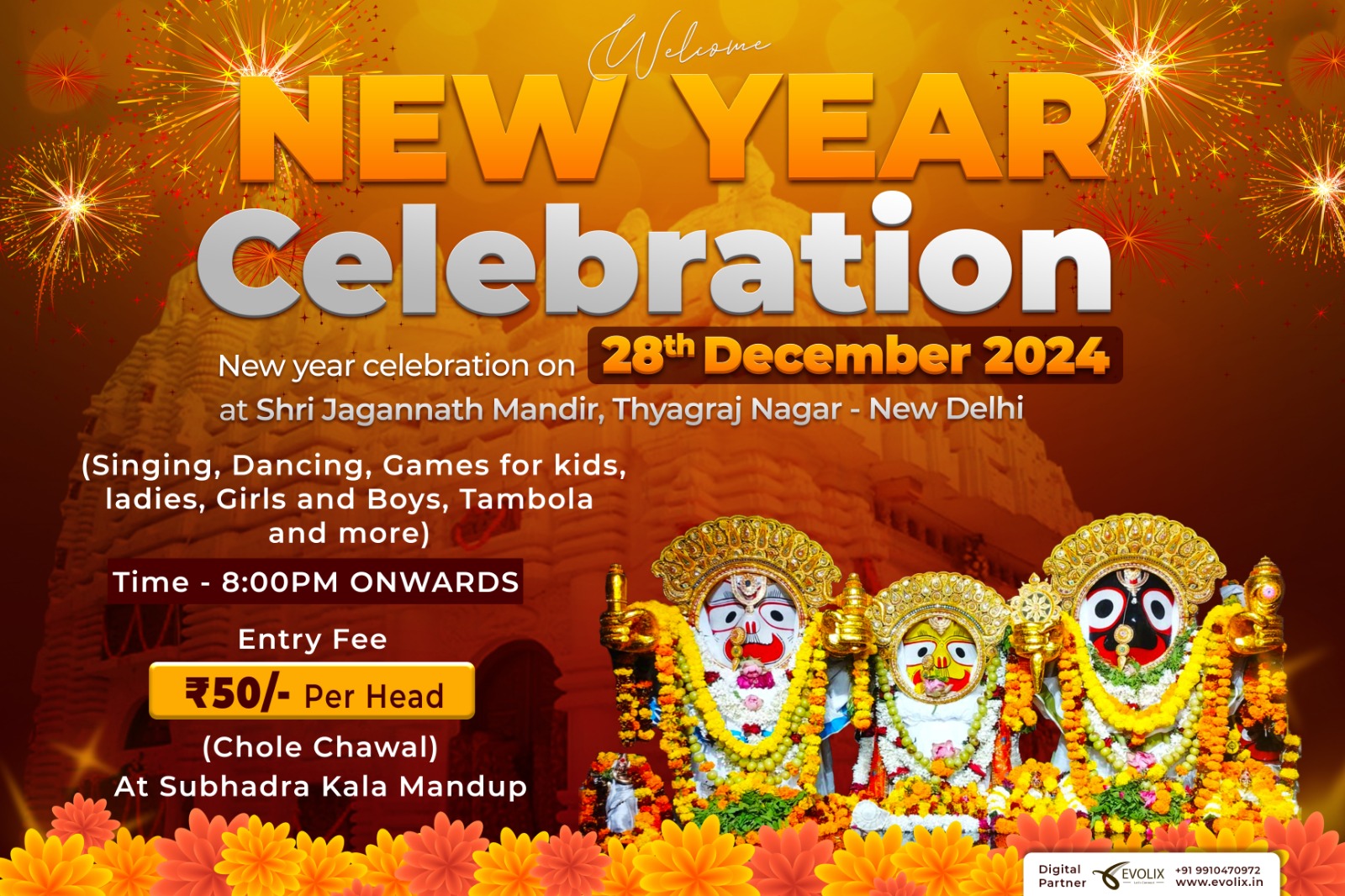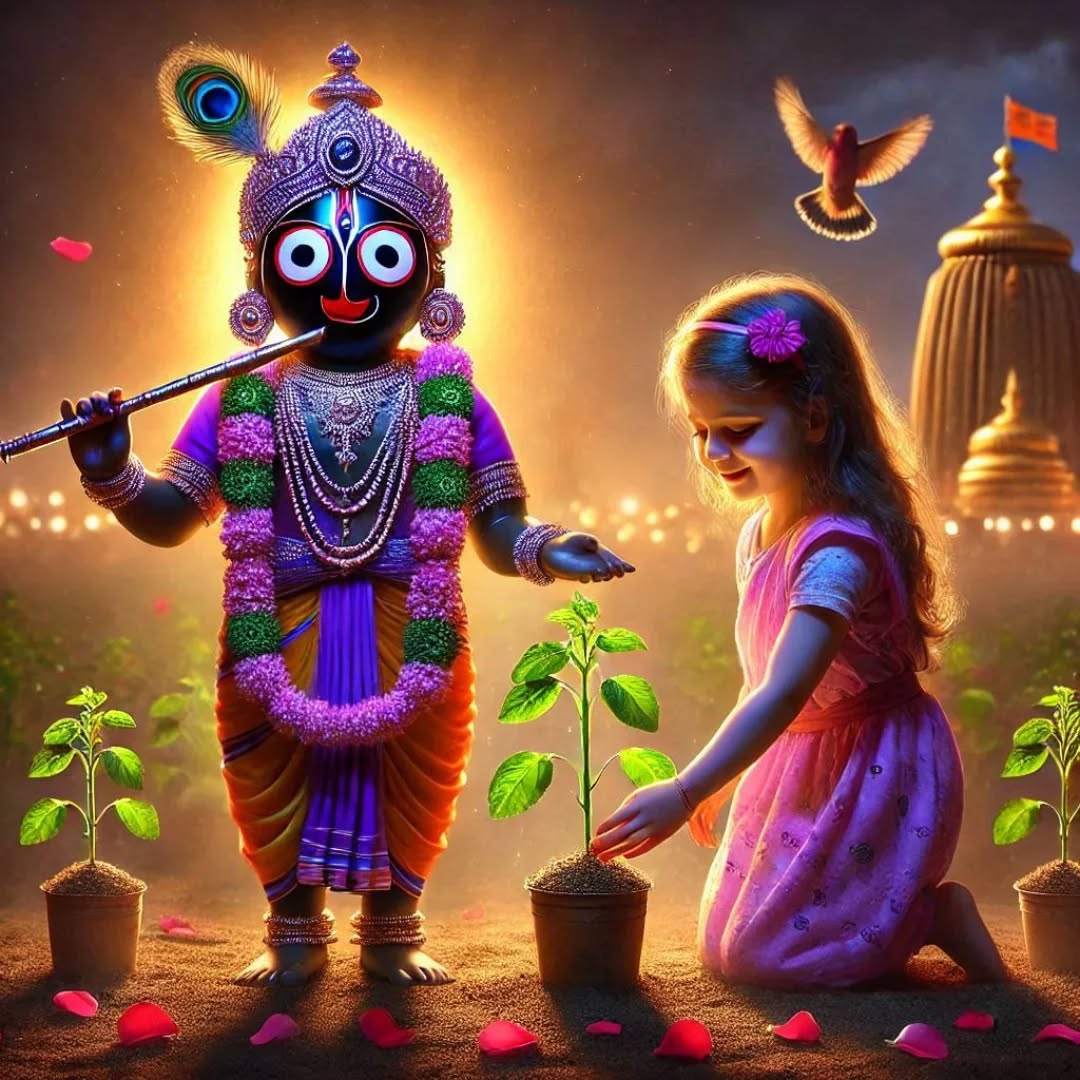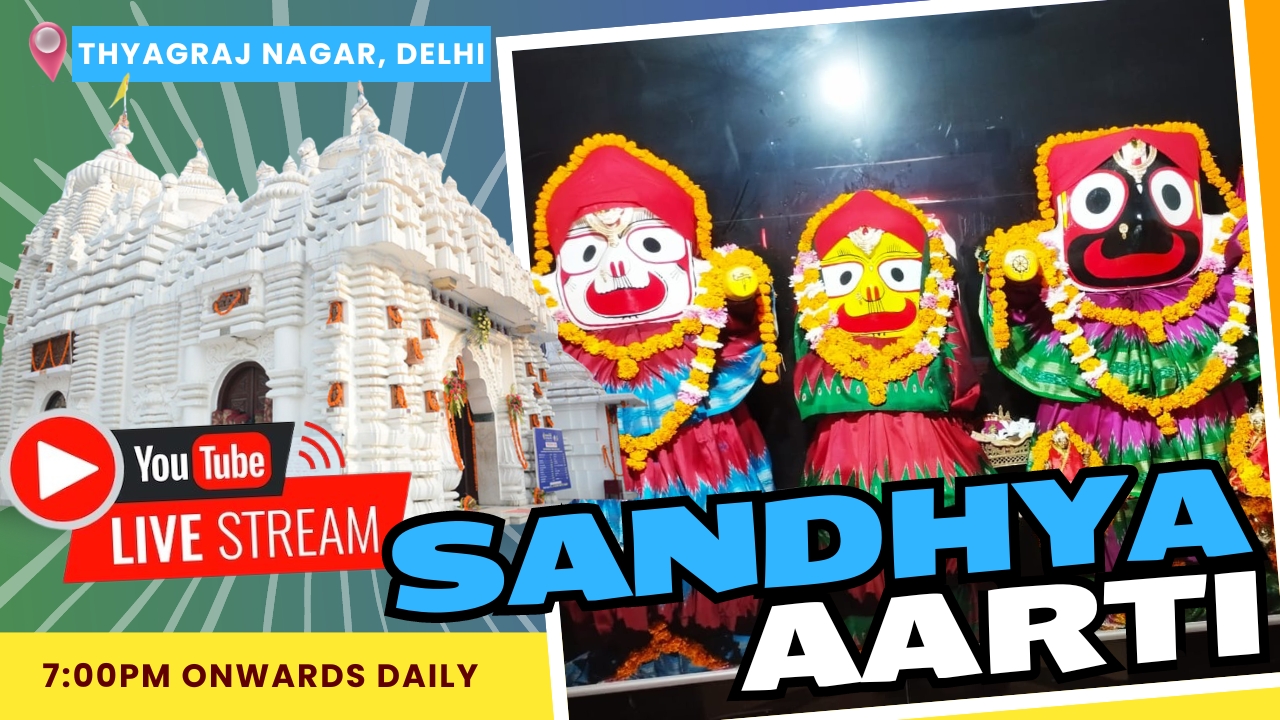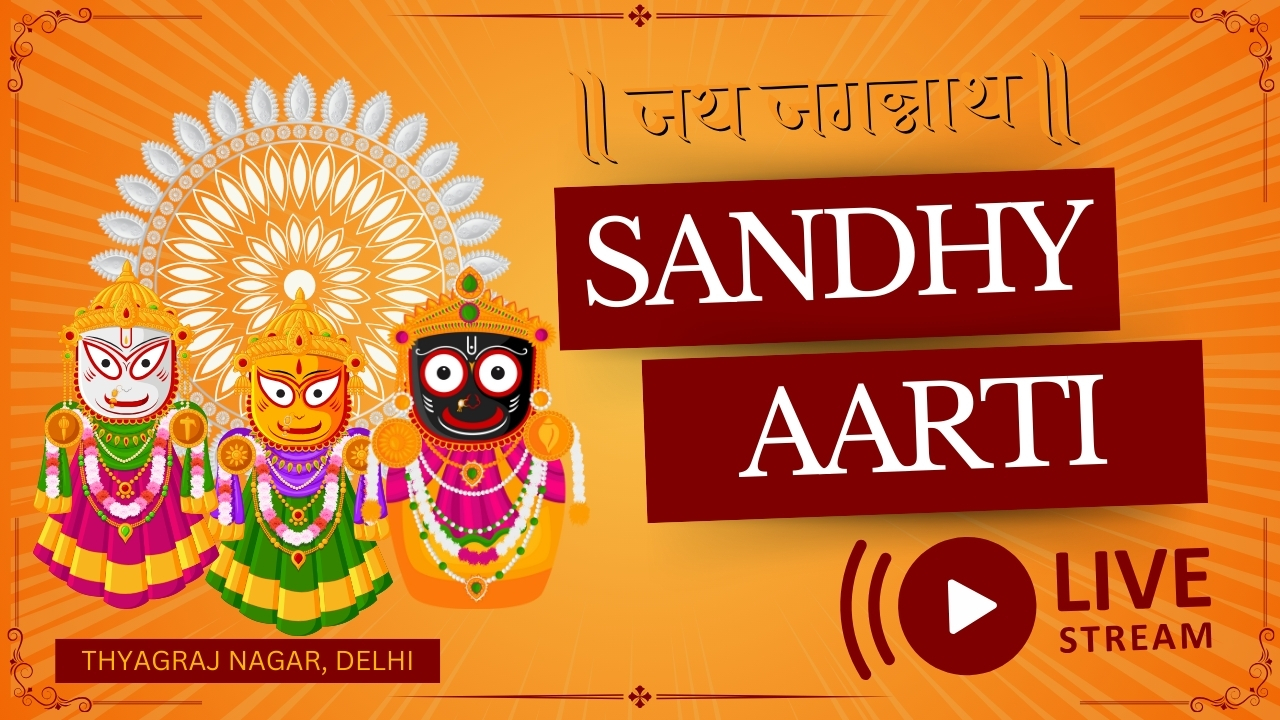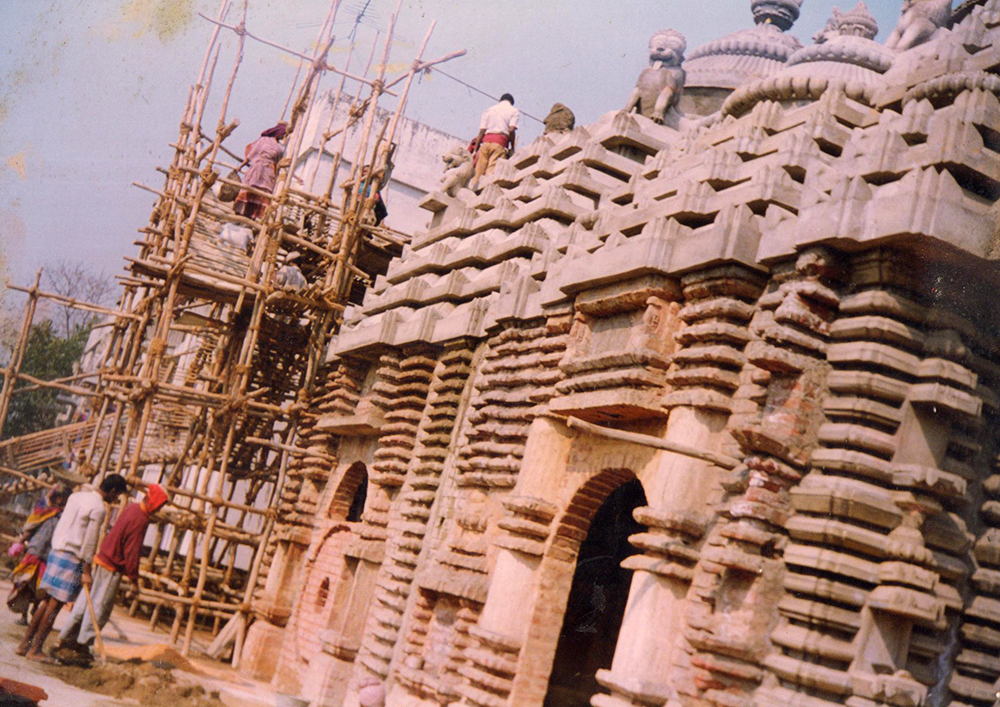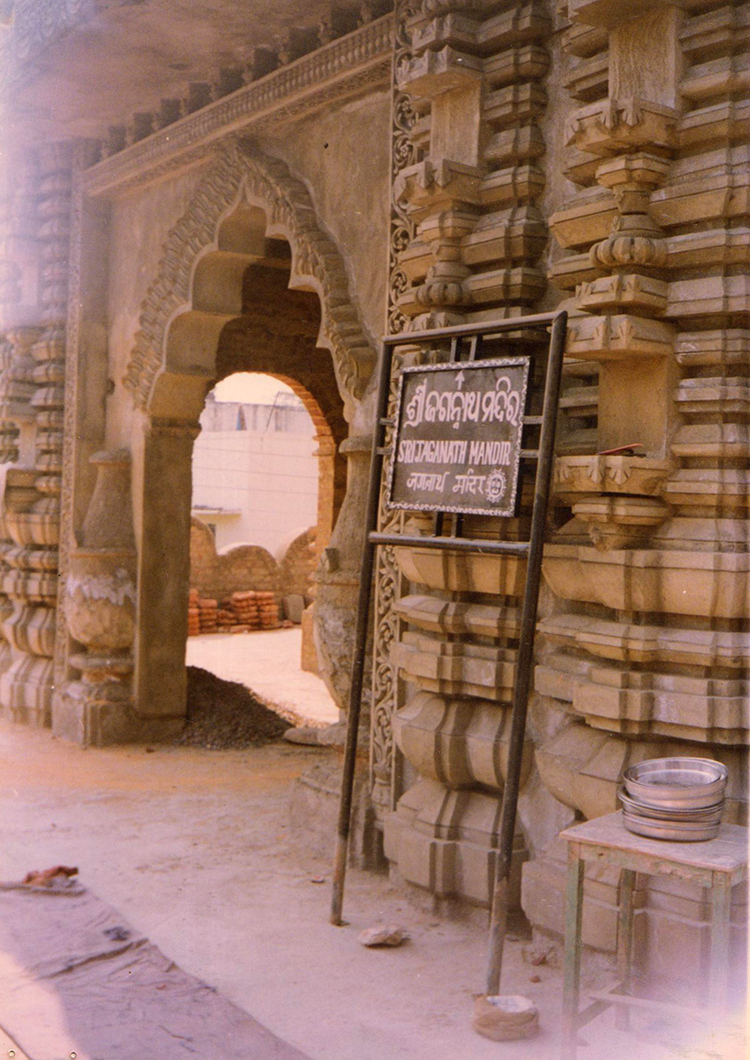June 15, 2024 12:00 am
Raja Sankranti: A Celebration of Earth and Womanhood
Raja Sankranti, part of the larger Raja Parba festival, is a vibrant and culturally rich celebration observed in Odisha, India. The festival marks the beginning of the agricultural year and celebrates the advent of the monsoon, symbolizing fertility and rejuvenation of the earth. It also honors womanhood and the menstrual cycle, paralleling the fertility of women with that of the earth.
Significance and Cultural Context
Raja Sankranti is observed on the second day of Raja Parba, which spans three days. The term ‘Raja’ is derived from the Sanskrit word ‘Rajaswala,’ meaning a menstruating woman, and the festival emphasizes the natural cycle of menstruation, which is respected and celebrated. This festival is unique in its focus on both agrarian and feminine themes, highlighting the integral connection between women and the earth in sustaining life and nurturing growth.
Festivities and Rituals
Raja Sankranti is characterized by various rituals, games, and community activities, reflecting the joyous and celebratory nature of the festival.
- Preparation and Cleaning: In the days leading up to Raja Sankranti, homes are thoroughly cleaned and decorated with traditional motifs known as ‘Jhoti’ or ‘Chita,’ created using rice paste. This preparation symbolizes purification and readiness for the new agricultural season.
- Swinging Tradition: One of the most iconic features of Raja Sankranti is the tradition of swinging. Swings (locally called ‘Raja Doli’) are hung from trees or constructed with wooden frames, and women and girls take turns swinging high into the air. This activity is accompanied by singing traditional folk songs that celebrate the joys of womanhood and the monsoon.
- Attire and Adornments: Women and girls dress in new, colorful saris and adorn themselves with traditional jewelry. The vibrant attire and intricate decorations reflect the festive spirit and the celebration of new beginnings.
- Feasting and Delicacies: Raja Sankranti is also known for its culinary delights. Special dishes are prepared, with ‘Poda Pitha’ being a standout. This slow-cooked rice cake, flavored with jaggery and coconut, is a festival favorite. Other traditional sweets and savory dishes are also prepared, symbolizing the abundance and prosperity of the season.
- Rest and Relaxation: During the festival, women are given a break from household chores and responsibilities. This period of rest symbolizes respect for their natural cycles and contributions, paralleling the earth’s rejuvenation with the onset of the monsoon.
Cultural Activities and Games
The festival is marked by various indoor and outdoor games that foster a sense of community and fun. Traditional games like ‘Kabbadi’ and ‘Kho-Kho’ are popular, as well as other local sports and activities. These games not only provide entertainment but also strengthen social bonds within the community.
Spiritual and Ecological Significance
Raja Sankranti has deep spiritual and ecological significance. It is a time to honor and respect the earth and its cycles, paralleling the feminine cycles. The festival underscores the importance of fertility, growth, and renewal, both in nature and in human life. It promotes ecological awareness and the values of nurturing and protecting the environment.
Conclusion
Raja Sankranti is a beautiful and meaningful celebration that encapsulates the essence of life, growth, and renewal. It honors the earth’s fertility and the vital role of women in society, blending cultural traditions with ecological consciousness. This vibrant festival not only brings communities together in joy and celebration but also reinforces the timeless values of respect, gratitude, and harmony with nature. Through its rich rituals and traditions, Raja Sankranti continues to be a cherished and significant part of Odisha’s cultural heritage


